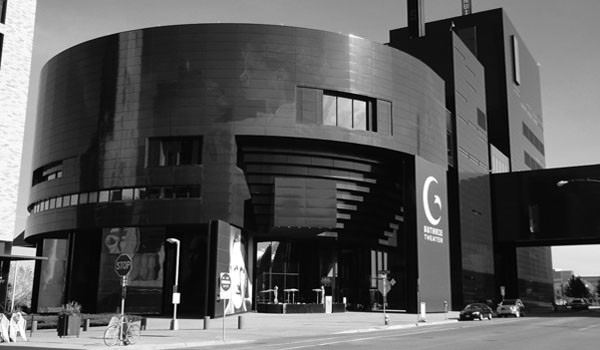Whether we realize it or not, Minneapolis is a theater town. In fact, when it comes to live theater, the only city that has more theaters per capita is New York. Moreover, these theaters aren’t just plentiful; they’re excellent. The Guthrie Theater, the Children’s Theater Company, and the now-defunct Theatre de la Jeune Lune have all won the Regional Theater Tony Award.
Minneapolis has “built a critical mass of amateur and professional theater artists” says Gary Peterson, executive director of the Southern Theater. The artists in the community attract attention to Minneapolis. The University of Minnesota’s theater program plays a role in developing “an infrastructure of writers, directors, actors, and theater technicians,” and the theater community has benefited from a growing number of donations over the past few decades.
Of course, large theaters like the Guthrie and the Orpheum helped to initially showcase the growing scene. Academy Award winner Morgan Freeman had a part in the Guthrie’s presentation of The Gospel at Colonus in the 1980s, and Broadway musicals like The Lion King premiered in Minneapolis.
In a town with so many theaters and such an acclaimed scene, it is important to stand out. Gary Peterson says the Southern Theater focuses “on newer work and experimental work created by independent artists.” It also “ provides a venue and forum for the voices of artists who have not been well established in the regional or national firmament.” The Southern Theater’s goal is to encourage risk taking when it comes to theater, be it financial or artistic.
When it comes to finances, recourses, and fame it’s hard to believe that a small theater can compete with a large one. However, Peterson believes “every venue of any size must pay its bills and maintain a balance between its income and expenses.” While larger theaters attract more attention, they also have to sell more tickets in order to maintain their bigger productions. “Every venue must present the best possible work in the most engaging way possible to attract and retain the audience it needs to sustain itself.”
The Minneapolis theater scene has come a long way over the years and, with more and more artists hoping to find their niche in Minneapolis, it can only continue to grow.































